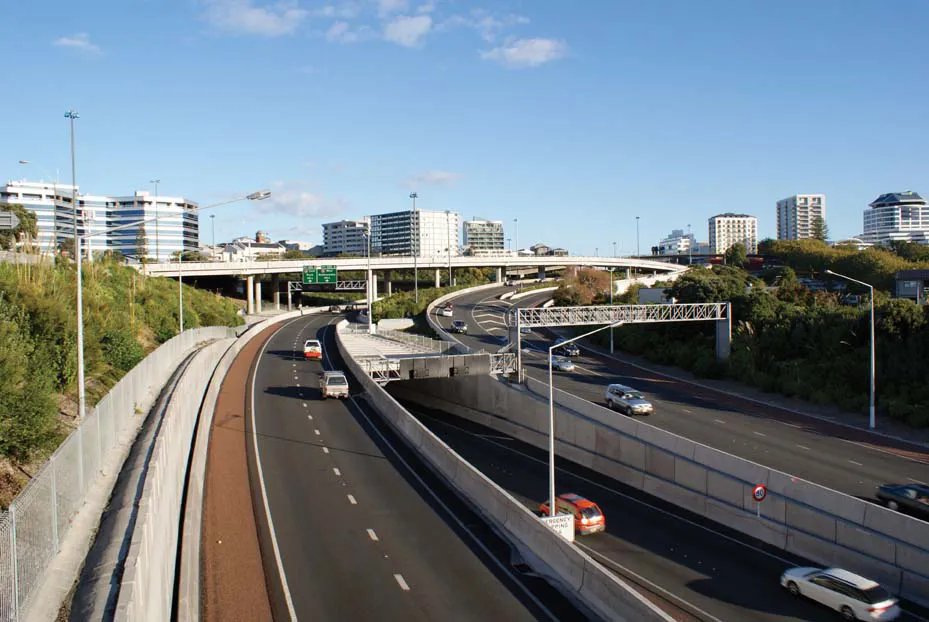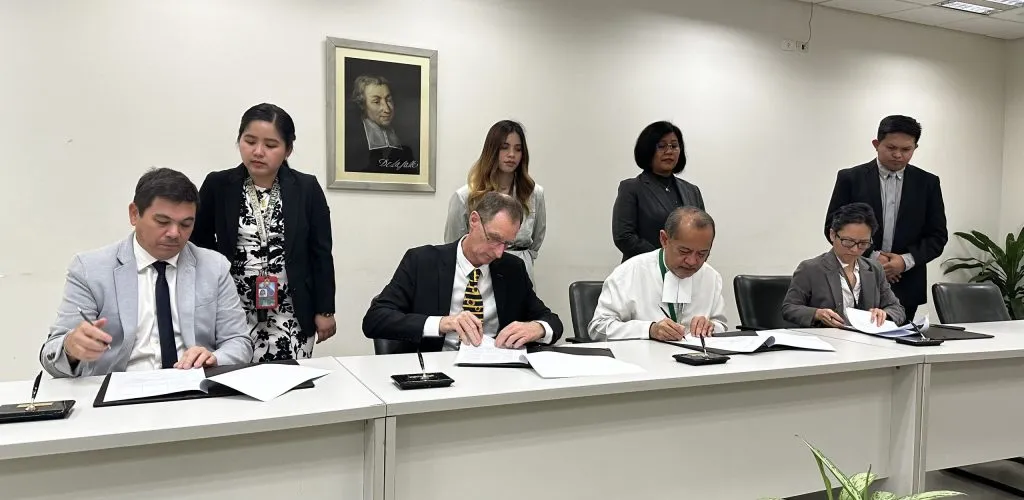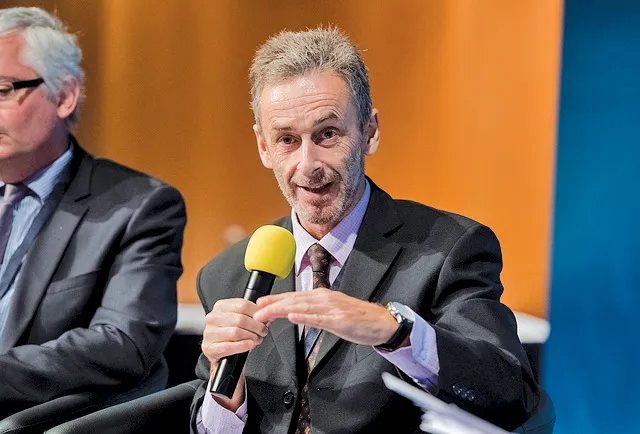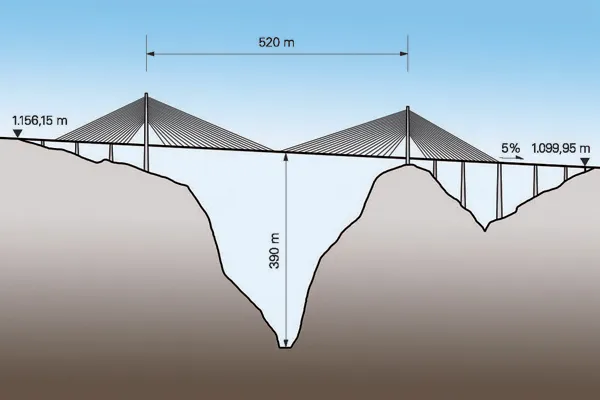Pedestrian infrastructure needs to be further developed in many US cities, photo courtesy of World Highways reader Jim Walton
May 24, 2013
Read time: 1 min
Pedestrian infrastructure needs to be further developed in many US cities, photo courtesy of World Highways reader Jim Walton









